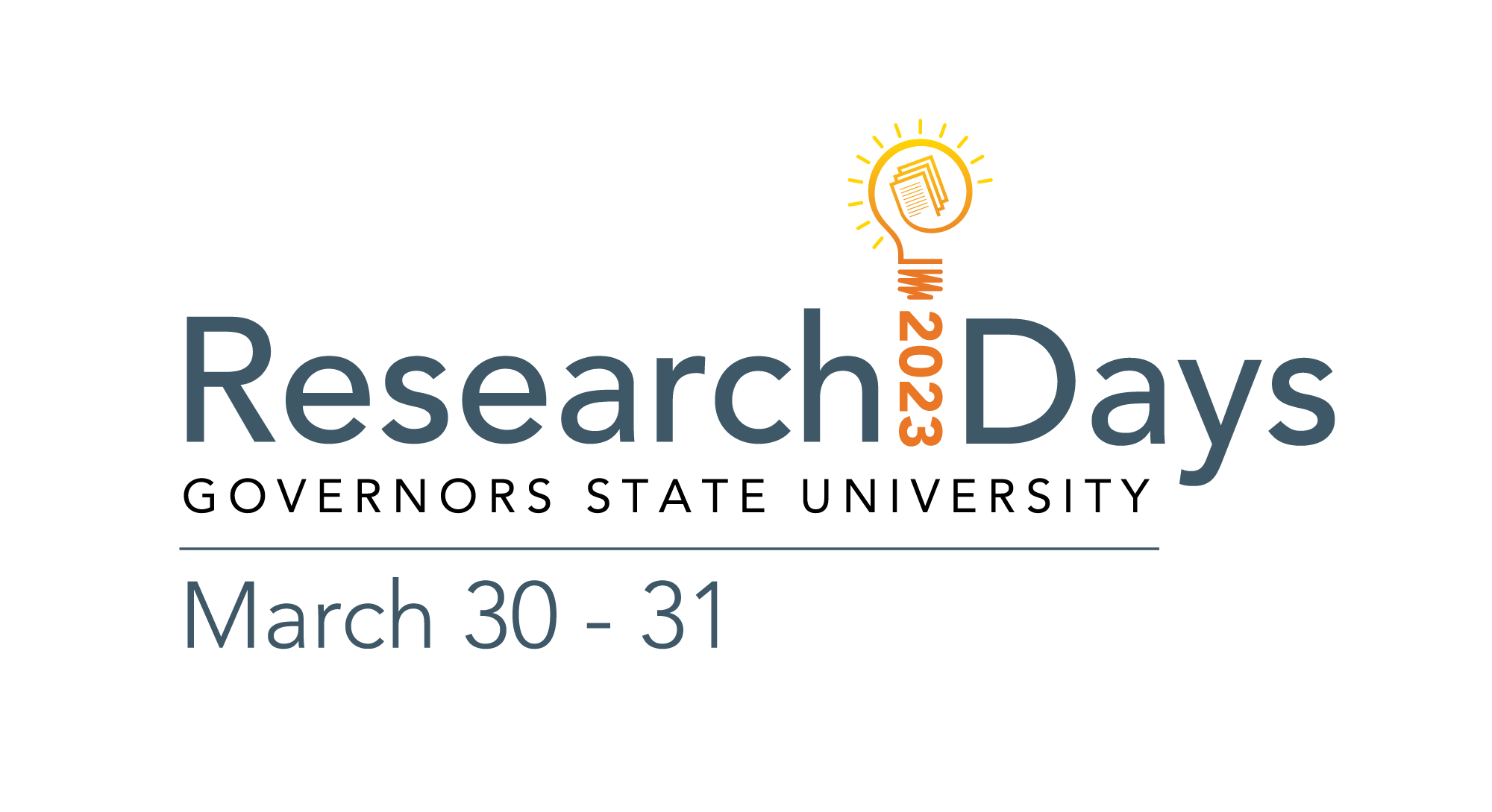Integrating Media Literacy into General Education Core Courses for Undergraduates
Type of Presentation
Paper
Location
D34011
Start Date
3-31-2023 1:30 PM
End Date
3-31-2023 2:45 PM
Abstract
This study aimed to understand the essential nature of media literacy, evaluate pre-developed higher education classes for existing media literacy context, and recommend best practices for incorporating media literacy into an undergraduate curriculum. This mixed-methods study of media literacy in undergraduate college courses explored the presence and absence of media literacy lessons within core classes by auditing 15 online course shells accessed through the university’s Learning Management System (LMS). Specifically, all the courses surveyed included the first skill of media literacy, Access; 33% of the classes included Analyze; 27% included Creation; 20% included Reflection; and 20% included Action. Once the audit was complete, the author interviewed media literacy experts to contextualize the importance of media literacy. The author recommends integrating media literacy into existing core classes through assignments, discussion prompts, and updated Program and Course Level Outcomes. If followed, the recommended addition of assignments and discussion prompts would more than double the media literacy skills included in the core classes. In addition, the changes could emphasize the higher-level thinking arenas of education as set forth in Bloom’s Taxonomy. Separately, the author advocates for the addition of professional development for educators at all levels on how to add media literacy into their subjects.
Integrating Media Literacy into General Education Core Courses for Undergraduates
D34011
This study aimed to understand the essential nature of media literacy, evaluate pre-developed higher education classes for existing media literacy context, and recommend best practices for incorporating media literacy into an undergraduate curriculum. This mixed-methods study of media literacy in undergraduate college courses explored the presence and absence of media literacy lessons within core classes by auditing 15 online course shells accessed through the university’s Learning Management System (LMS). Specifically, all the courses surveyed included the first skill of media literacy, Access; 33% of the classes included Analyze; 27% included Creation; 20% included Reflection; and 20% included Action. Once the audit was complete, the author interviewed media literacy experts to contextualize the importance of media literacy. The author recommends integrating media literacy into existing core classes through assignments, discussion prompts, and updated Program and Course Level Outcomes. If followed, the recommended addition of assignments and discussion prompts would more than double the media literacy skills included in the core classes. In addition, the changes could emphasize the higher-level thinking arenas of education as set forth in Bloom’s Taxonomy. Separately, the author advocates for the addition of professional development for educators at all levels on how to add media literacy into their subjects.

